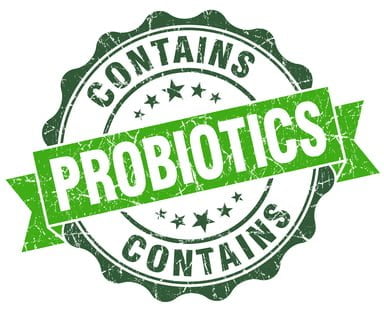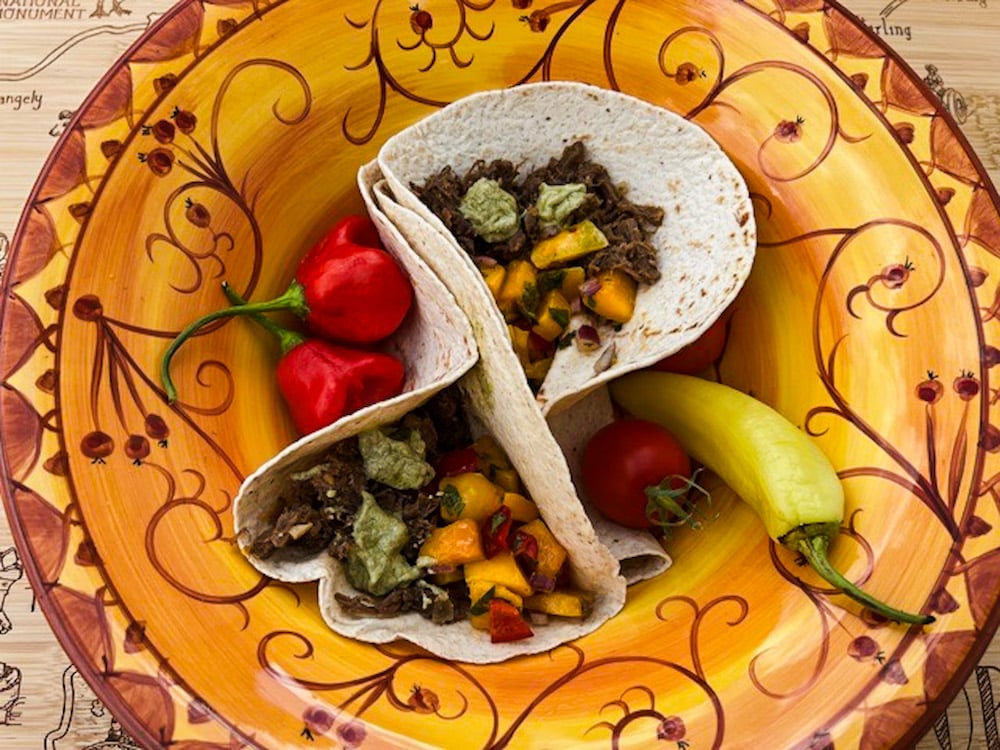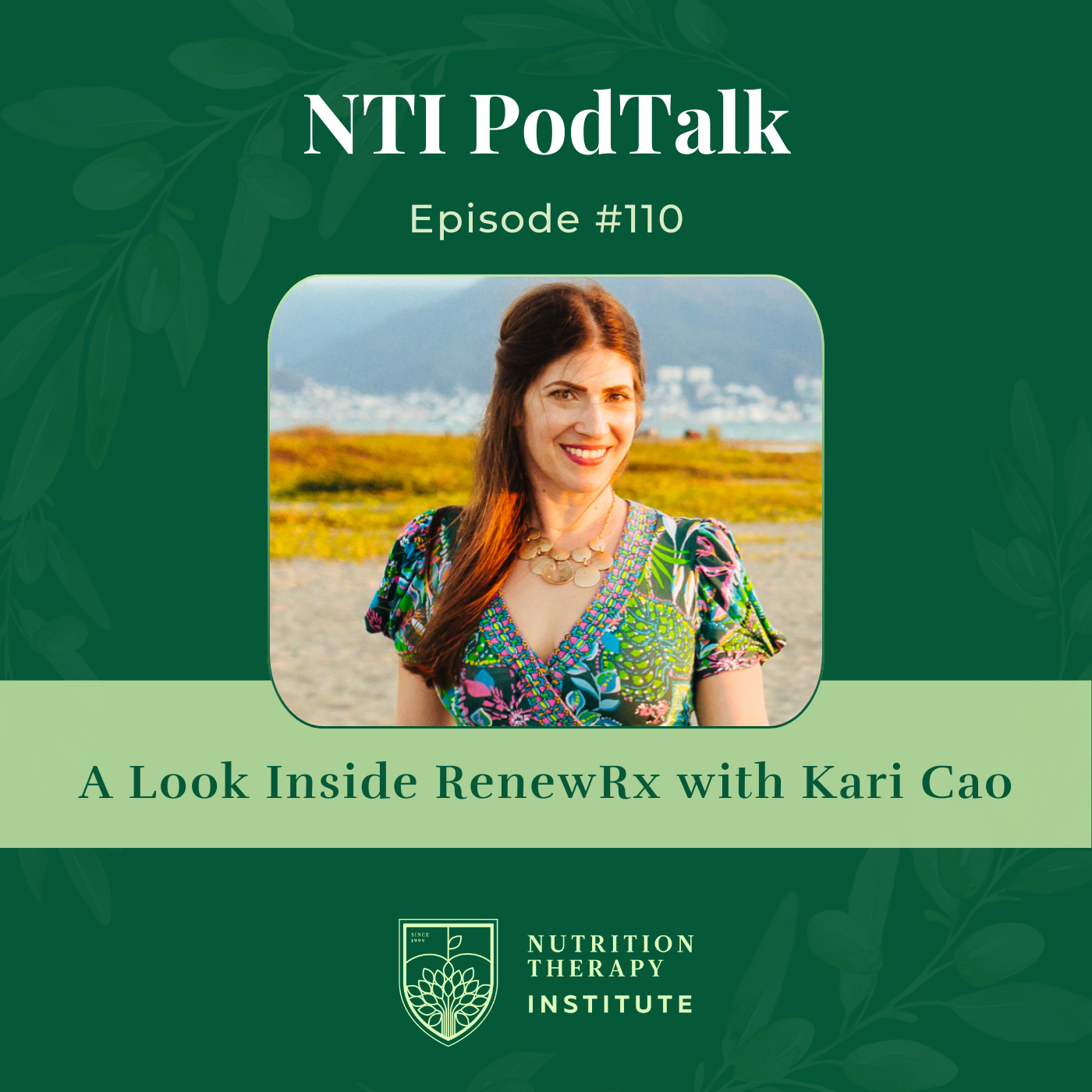
Share this post!
Our gut microbes have an enormous impact on human health. If you haven’t read Part 1 of this series on our gut microbiota, I urge you to first read: Our Amazing Microbes. Once you have an understanding of the gut microbiota, read on to get a better understanding of probiotics and prebiotics.
As we discussed in Part 1, it’s important to have a diverse and stable gut biome. If the population is unstable, we increase our risk of developing diseases like cancer, diabetes, heart disease and autoimmune diseases.
The 5 factors that affect a healthy microbiome are:
- Age
- Diet
- Antibiotic Use
- Genetics
- Physiology
So what do we do if our gut microbiome is unstable and unbalanced?
This is where probiotics and prebiotics can help. Let’s first talk about the difference between the two.
Probiotics are living microscopic organisms, mainly bacteria and yeast, which have been shown to have health benefits. Probiotics can be taken in supplement form, but they can also be added into your diet via fermented vegetables, water kefir, yogurt, milk kefir, kombucha, etc.
Prebiotics on the other hand, are plant fibers that we as humans cannot digest, but our gut microbes can. These fibers are basically foods that nourish our gut bacteria so that their population can grow.
What You Should Know About Probiotics
There are well over 1000 species of microbes that inhabit our gut, and within those species are numerous strains. When we take a probiotic pill, we add a few select strains to our body that we hope will take root and grow, but it still pales in comparison to all the other strains in our bodies that are also competing for the same food sources.
It would be like planting a flower seeds in a garden bed, and thinking that these flowers will multiply enough to eventually overtake all the other vegetation in the state of Colorado. That’s a big job.
Antibiotic Impact
If someone has just come off of an antibiotic regiment, they will have killed off or significantly reduced entire strains of microbes, making it easier for certain yeasts, such as Candida and other opportunistic bacteria, to take over. This would be a good time to take a probiotic so that it is harder for undesirable microbes to take a foothold. It might be worth considering a probiotic with a yeast strain, such as Saccharomyces boulardii while taking antibiotics, since antibiotics kill bacteria, but not yeast.
Bacterial Colonization
Because probiotics are living organisms, there have been questions on whether or not they can colonize the gut. Can they make it through the trip through the GI tract, while coming into contact with bile salts and stomach acid? And even if they survive all of that, can they reproduce?
Studies (see here) have shown that the beneficial bacteria Lactobacilli and Bifidobacteria survive the gut, even if they are taken without the protection of an enteric capsulated pill. This would mean that much of the bacteria in fermented foods will also survive.
However, in order to colonize, the organism has to attach itself to the intestinal mucosal cells. So far, we know that commonly used probiotics such as Bifidobacteria, Lactobacillus rhamnosus, and Saccharomyces boulardii are not found in feces after the probiotic is no longer taken. This basically means it is not colonizing the gut and the benefits of taking these probiotics are happening during its time in transit through the gastrointestinal tract. You have to keep on taking the probiotic in order to continue benefiting from those strains. See here.
What You Should Know About Prebiotics
As mentioned earlier, prebiotics are food sources that nourish your existing gut bacteria so that their populations can grow. These are fermentable plant fibers that humans cannot digest. When we eat less of these types of carbohydrates, we starve our gut bacteria. When we starve our gut bacteria, we don’t receive the all-important by-products they produce, such as the short-chain fatty acids of butyrate, acetate and propionate.
One might think that the standard American diet, which is high in carbs, would provide a good source of prebiotics, but that is not the case. Most high-carb foods are simple sugars that we quickly process. In fact, most people consume just 1-4g of inulin-type prebiotics, which is mainly from onions, garlic, and leeks. This is a far cry from the 135g of inulin-type prebiotics that our hunter-forager ancestors ate. See here.
Bifidobacterium is known to be a desirable bacteria species in human health. People who suffer from celiac disease have low levels of Bifidobacterium. See here . It is also well established that low levels of Bifidobacteria cause a leaky gut, which then leads to various autoimmune diseases.
Creating the Right Environment
Because Bifidobacteria is a lactic acid-producing bacteria, it lowers the surrounding pH, which means it increases the acidity of the gut. When the acidity of the gut is increased, the beneficial bacteria that do live in our gut begin to grow and produce important byproducts such as butyrate. It’s interesting to note that Bifidobacteria is not a butyrate-producing bacteria. Instead, Bifidobacteria creates the right pH or the right environment, so that the populations of butyrate-producing bacteria can grow.
When the gut is less acidic, pathogenic gram-negative bacteria such as E. Coli, Salmonella, and Helicobacter pylori flourish. In other words, low levels of Bifidobacteria will lead to higher levels of pathogenic bacteria. This leads to dysbiosis, which causes irritable bowel disorders.
And because low levels of Bifidobacteria increase gut permeability, the toxins that are produced by these pathogenic bacteria find their way into our bloodstream, causing inflammation. See here. This is called metabolic endotoxemia, and this is yet another cause of obesity, insulin resistance, and heart disease. See here and here.
It’s important to eat a wide variety of plant fibers to nourish your gut microbes. Bifidobacteria love inulin-type foods such as onions, garlic, leeks, dandelion leaves/root, and chicory root. Other fermentable fibers are found in vegetables, fruits, nuts, seeds and legumes. Most of the fibers are found in the peel, so eat the peel when you can. Your microbes will love you for it.
READ MORE >>> Enhancing Gut Health: The Power of Prebiotics & Enhancing Gut Health: Probiotics for the Microbiome
Image: aquir/123RF
Share this post!




















